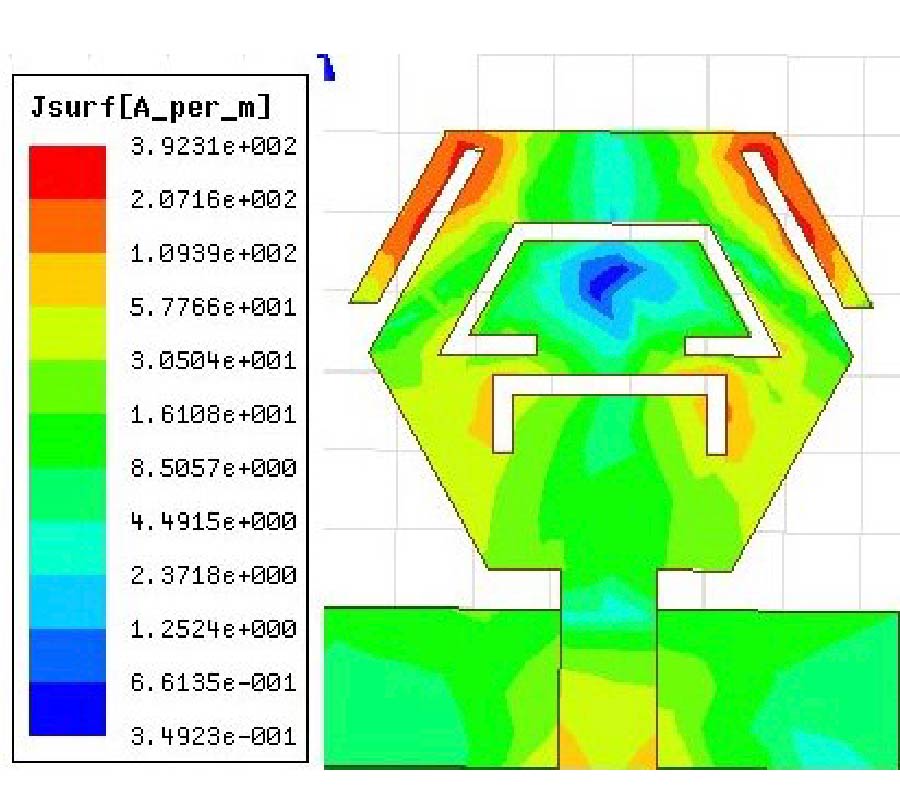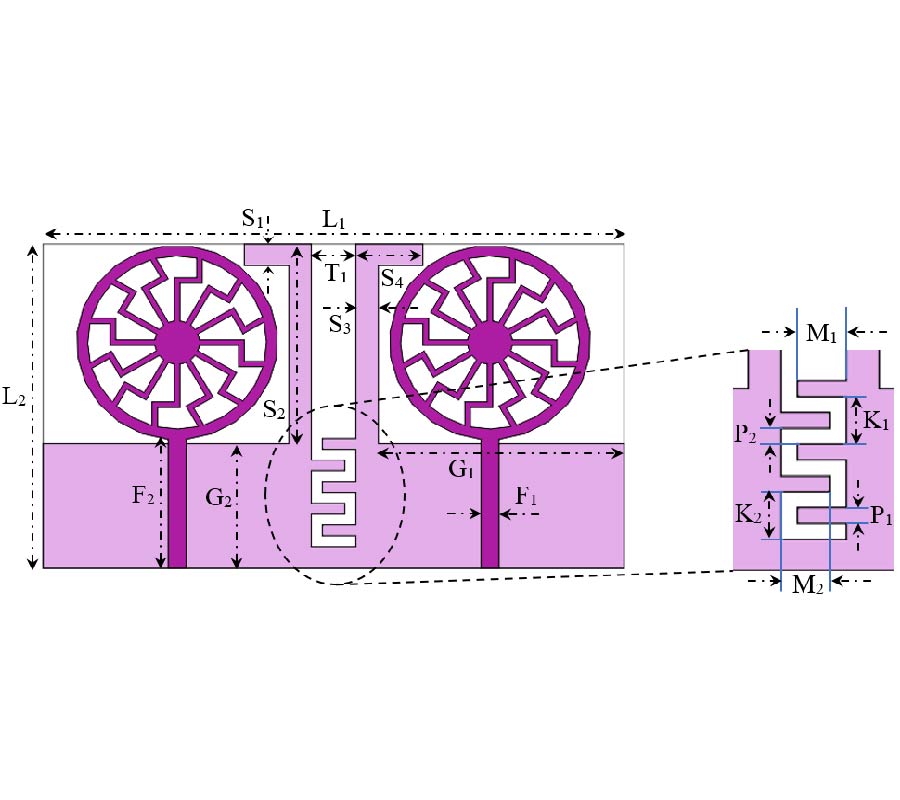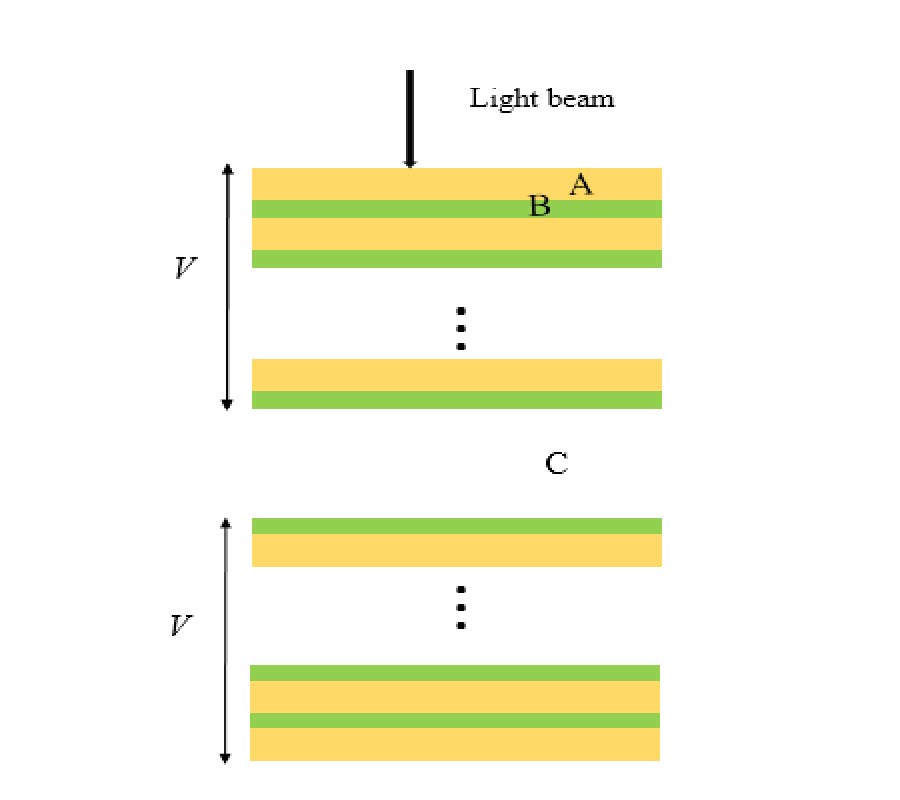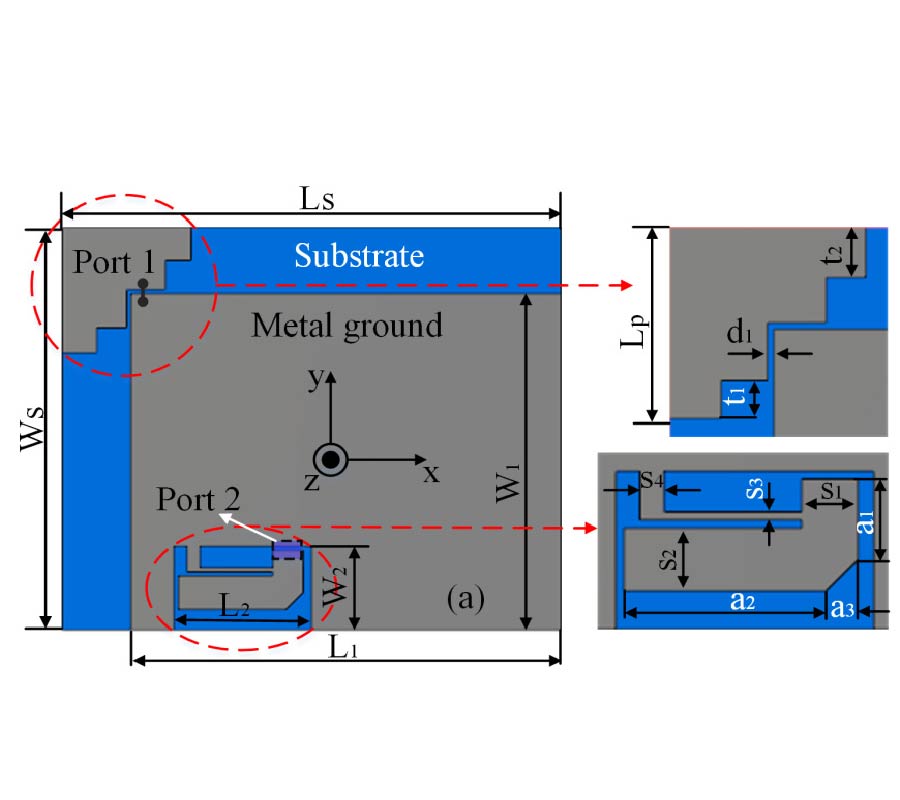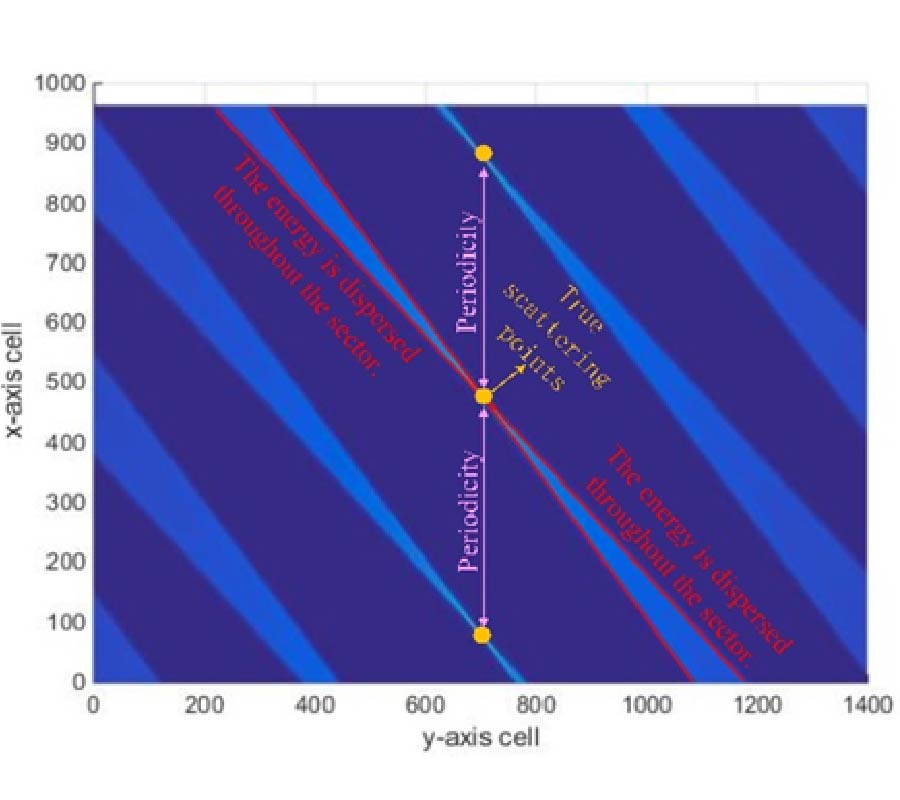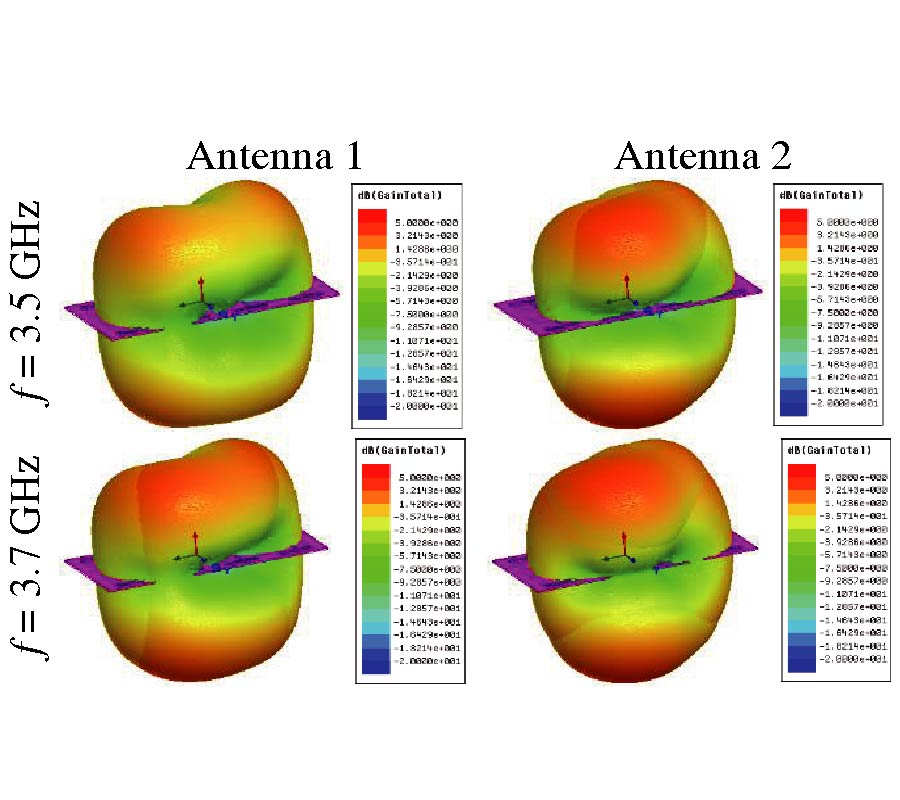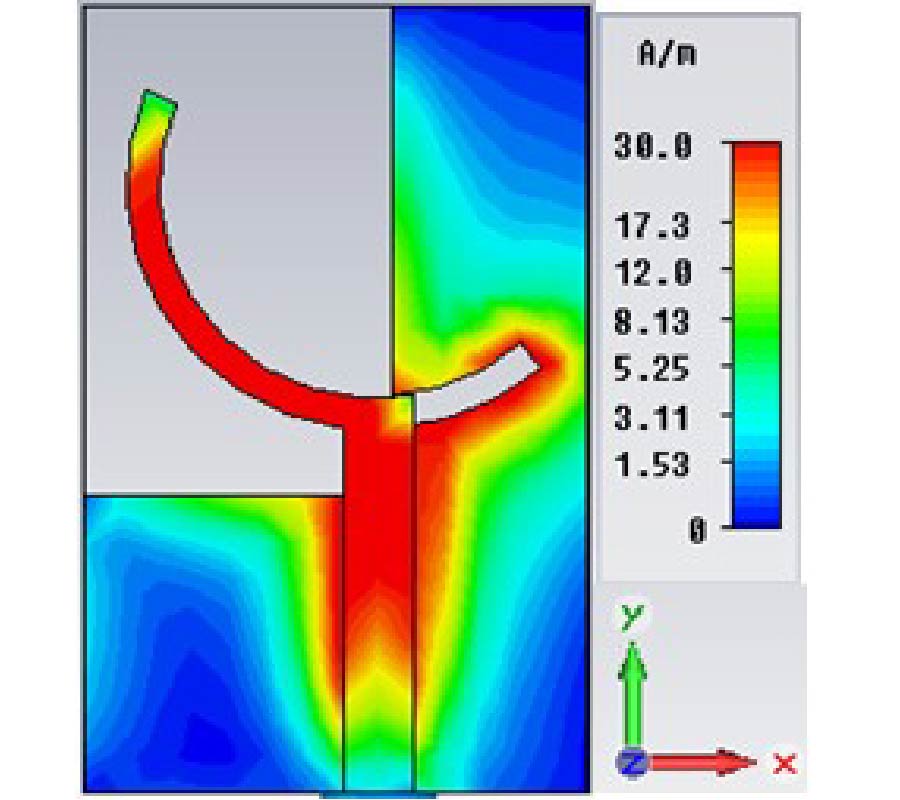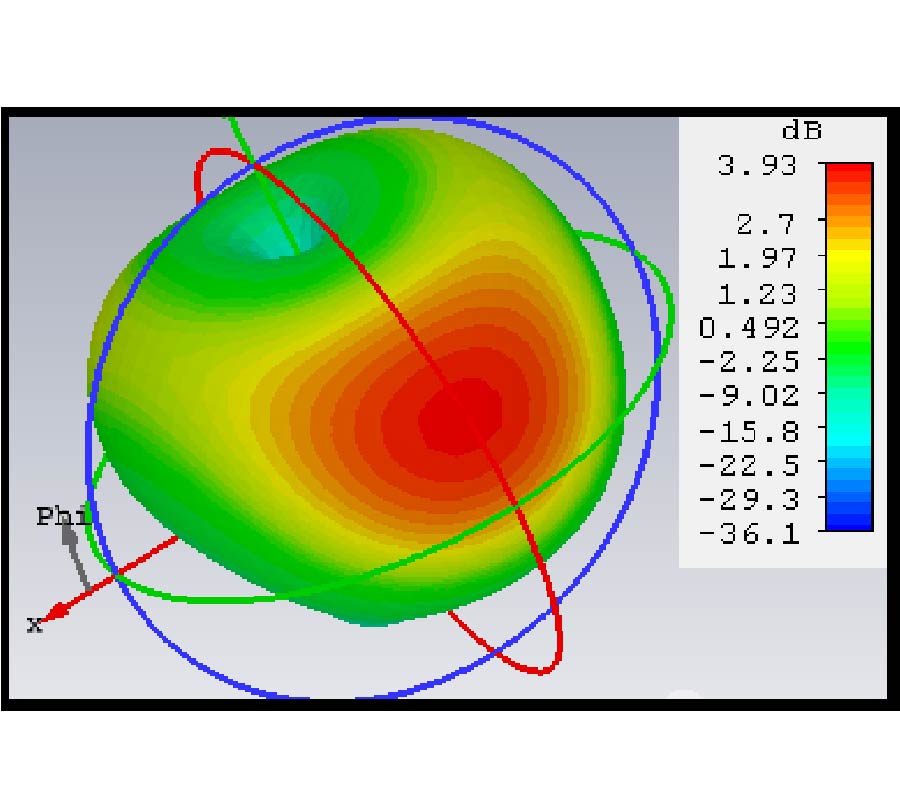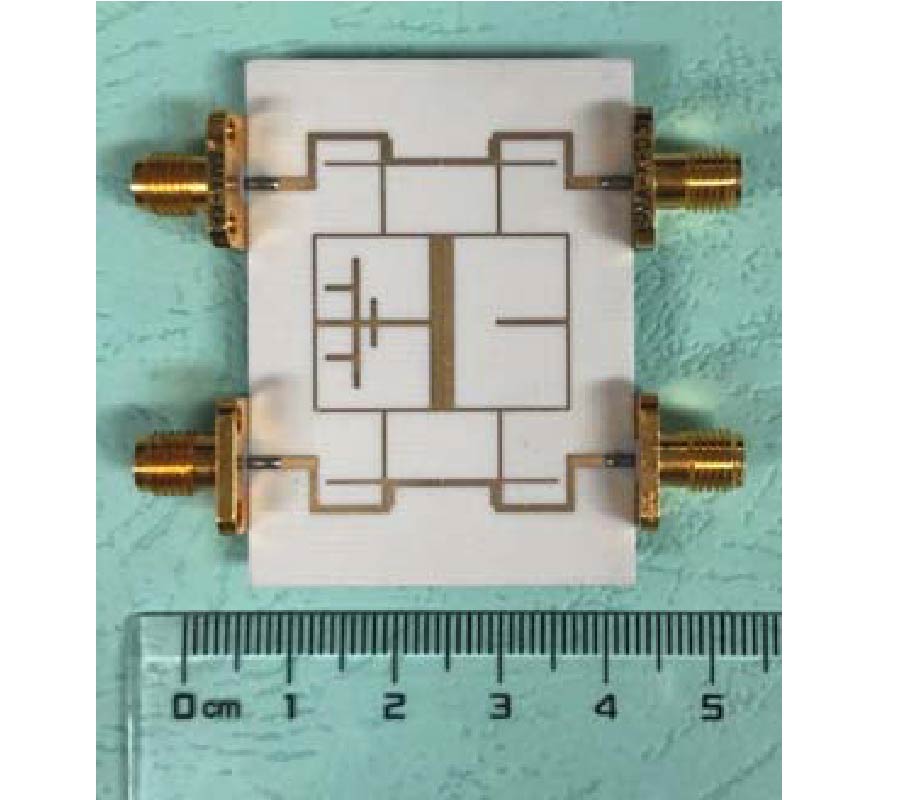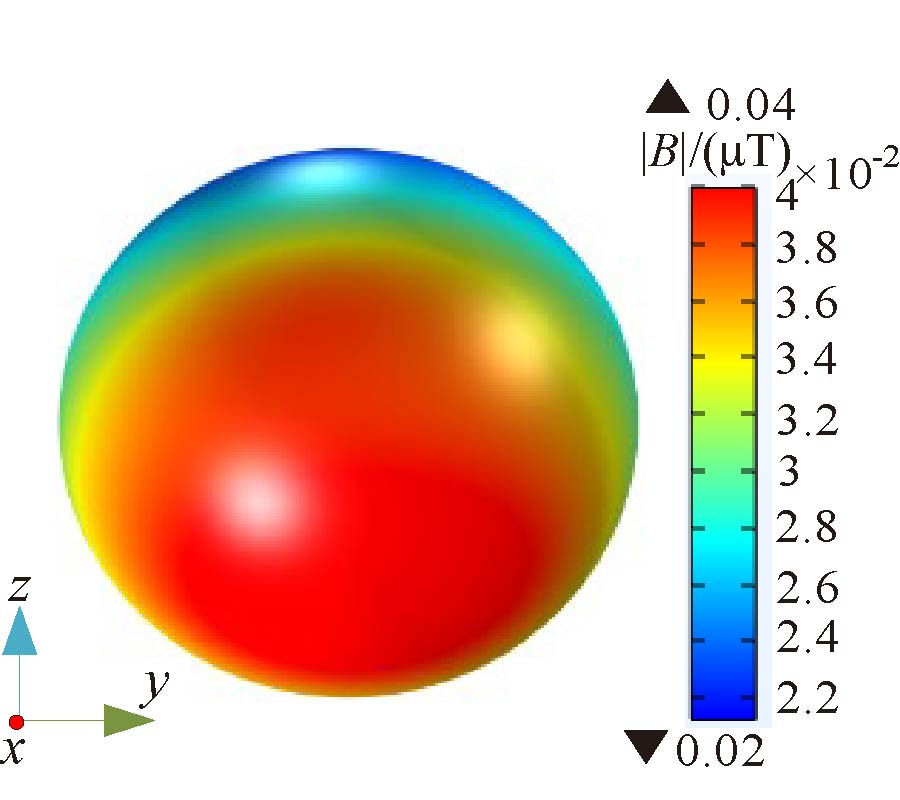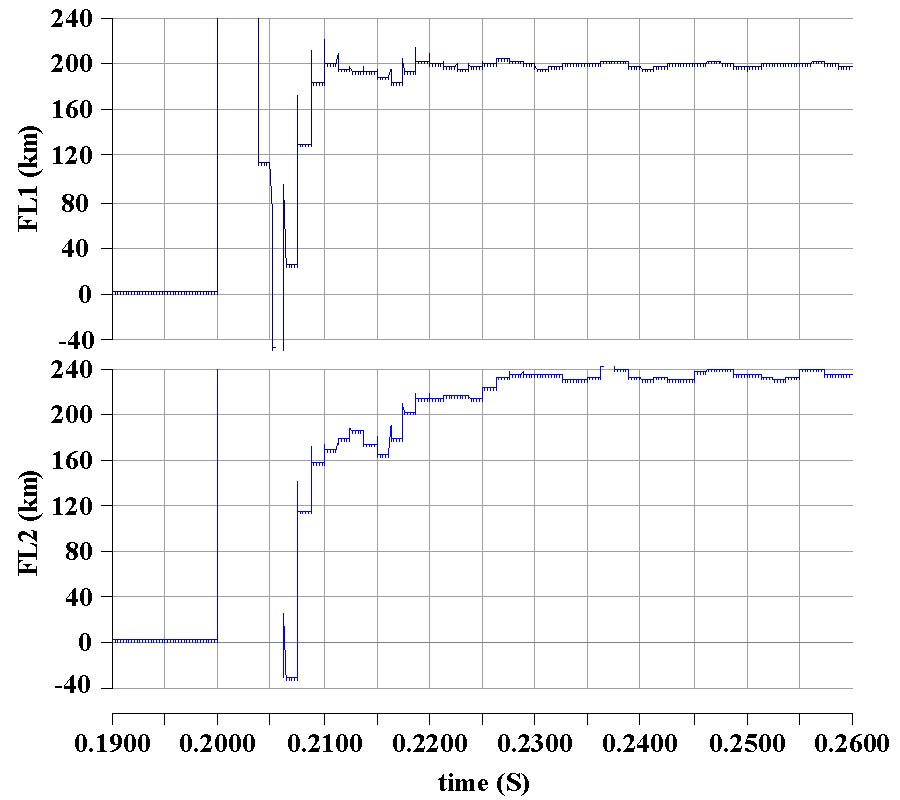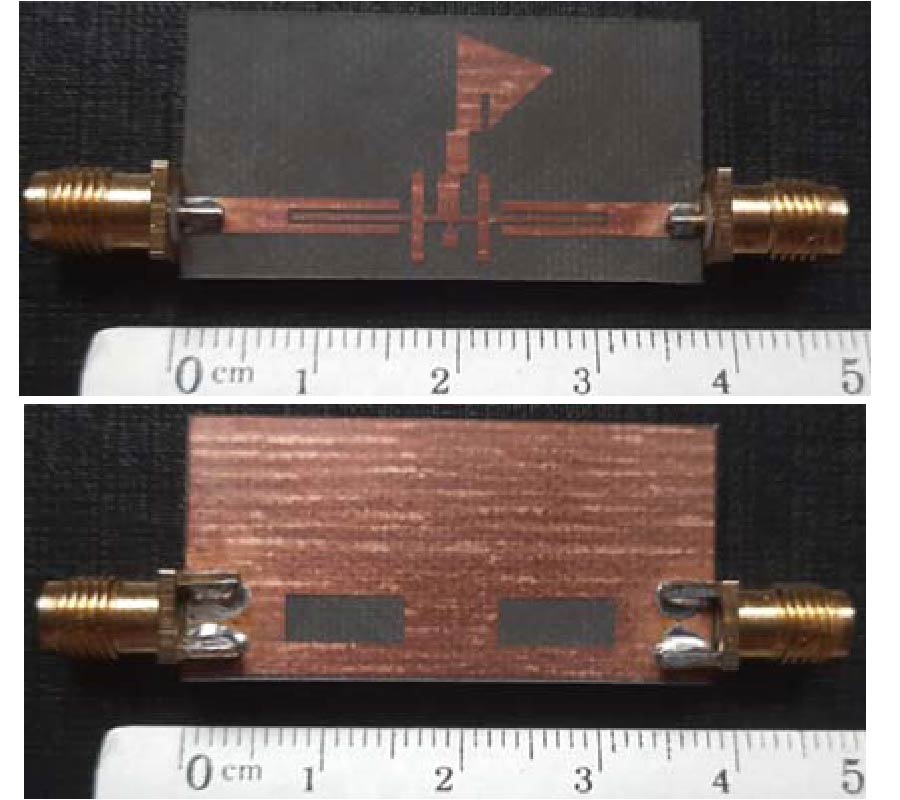Modified Spokes Wheel Shaped MIMO Antenna System for Multiband and Future 5G Applications: Design and Measurement
Sumeet Singh Bhatia
and
Narinder Sharma
In this manuscript, a modified spokes wheel shaped two port MIMO (Multi-Input-Multi-Output) antenna with stub loaded ground plane has been presented and experimentally analysed for multiband and EU (European Union) 5900 to 6400 MHz for future 5G mobile terminal applications. The proposed MIMO antenna consists of two radiating patches, and its ground plane is modified to achieve the multiband characteristics as well as enhanced isolation. Initially, a rectangular notch, at the center of ground plane (Ground-1), is employed and reveals four resonant points. Further, the ground plane is modified again by employing two inverted L-shaped stubs along with a series of horizontal rectangular stubs (Ground-2) for enhancing the isolation and reducing the mutual coupling between the elements of proposed MIMO antenna. The antenna with ground-2 exhibits seven frequency bands (S11 ≤ -10 dB) 2.2, 6.0, 7.9, 9.6, 11.1, 12.7, and 15.6 GHz with corresponding isolation (S12/21) -19.47, -31.22, -34.63, -30.05, -27.16, -39.08, and -22.28 dB. Diversity performance parameters of the proposed MIMO antenna such as ECC, DG, CCL, TARC, and MEG are also in acceptable limits at each operational frequency band. The proposed MIMO antenna is designed and fabricated on a low cost FR4 glass epoxy substrate, and the simulations are carried out by using FEM based Ansys HFSS V13 simulator. Simulated and measured results are compared and found in good agreement with each other.
